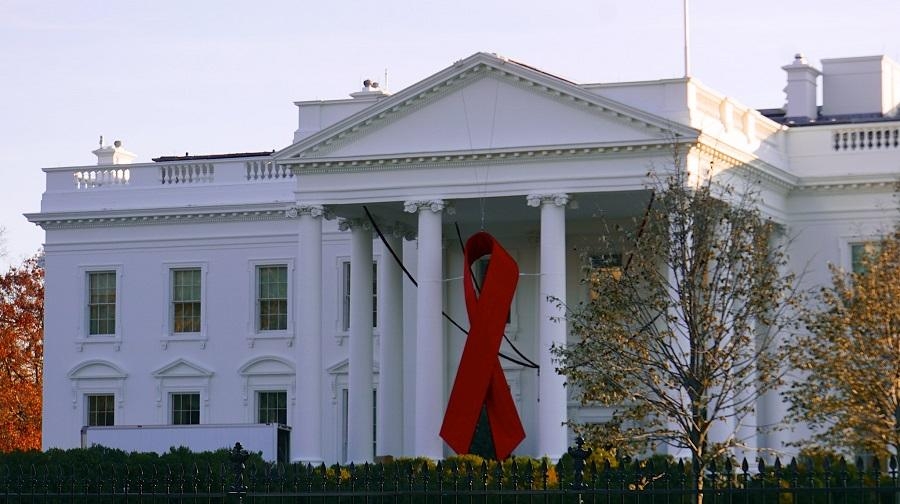Finding a cure that would eliminate HIV from the body remains one of the biggest challenges in humanity. However, there have been numerous studies published this year alone that seemed to have proven that, ultimately, HIV infection can be cured.
HIV cure via stem cell transplant successful on a second patient
Developing a cure for HIV is not easy because of the characteristics of the virus. Patients can now have access to antiretroviral drugs that keep the virus at bay but does not eradicate it from their body. Once the virus becomes inactive, it hides in reservoirs that are practically impossible to detect. But once a patient stops taking ART, the virus will immediately become active again. Therefore, the need for finding an HIV cure is still very important.
To accomplish this, scientists have been using several strategies. One study attempted to replicate the case of Timothy Ray Brown, who was previously known as the Berlin patient. He is the first-ever person to become free of HIV through stem cell transplant.
Earlier this year, scientists reported that the same experiment and successful results were observed to a second individual, only known as the London patient. This proves that Brown’s case was not an anomaly and that HIV can be cured. Brown and the London patient were diagnosed with Hodgkin’s lymphoma that explains the need for the bone marrow transplant.
In both cases, the CCR5 genetic mutation was present in the chosen donors. The London patient’s transplant reportedly resulted in having white blood cells that are resistant to HIV. Furthermore, researchers found that HIV “disappeared” from the patient’s blood samples despite ART suspension after the transplant. The London patient has been HIV free for 18 months at the time the case was published last March.
HIV cure becomes more achievable after scientists find ‘kill switch’ of HIV reservoirs
More recently, researchers from the University of California, San Diego, published their study where they found an RNA molecule they call HIV-1 Enhanced LncRNA (HEAL). It is now being referred to as the kill switch of dormant HIV reservoirs, which marks another breakthrough in the field of HIV cure studies.
Though the scientists involved in the research believe that further investigations are needed, the results of their remarkable study open many opportunities to understand the virus further. Overall, the discovery of the RNA molecule could be a great help in developing an HIV cure.



 Our survey of the sky is uncovering the secrets of how planets are born
Our survey of the sky is uncovering the secrets of how planets are born  What is minoxidil, the anti-balding hair growth treatment? Here’s what the science says
What is minoxidil, the anti-balding hair growth treatment? Here’s what the science says  The brain is the most complicated object in the universe. This is the story of scientists’ quest to decode it – and read people’s minds
The brain is the most complicated object in the universe. This is the story of scientists’ quest to decode it – and read people’s minds  The mystery of consciousness shows there may be a limit to what science alone can achieve
The mystery of consciousness shows there may be a limit to what science alone can achieve  Customizing mRNA is easy, and that's what makes it the next frontier for personalized medicine − a molecular biologist explains
Customizing mRNA is easy, and that's what makes it the next frontier for personalized medicine − a molecular biologist explains  Archeoastronomy uses the rare times and places of previous total solar eclipses to help us measure history
Archeoastronomy uses the rare times and places of previous total solar eclipses to help us measure history  Orbital resonance − the striking gravitational dance done by planets with aligning orbits
Orbital resonance − the striking gravitational dance done by planets with aligning orbits  The brightest object in the universe is a black hole that eats a star a day
The brightest object in the universe is a black hole that eats a star a day  How do airplanes fly? An aerospace engineer explains the physics of flight
How do airplanes fly? An aerospace engineer explains the physics of flight  Dark energy is one of the biggest puzzles in science and we're now a step closer to understanding it
Dark energy is one of the biggest puzzles in science and we're now a step closer to understanding it  Could a telescope ever see the beginning of time? An astronomer explains
Could a telescope ever see the beginning of time? An astronomer explains  Spacesuits need a major upgrade for the next phase of exploration
Spacesuits need a major upgrade for the next phase of exploration  Six space missions to look forward to in 2024
Six space missions to look forward to in 2024 































